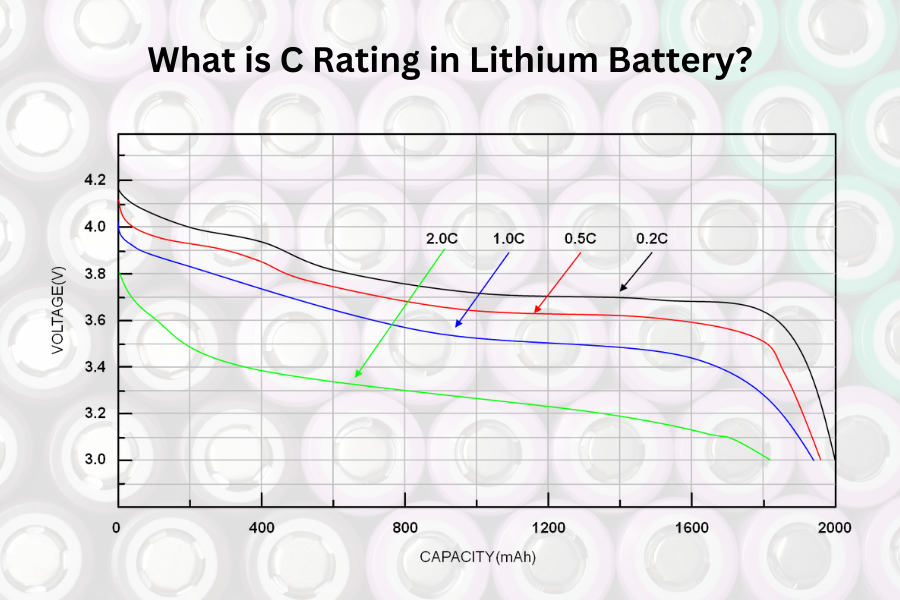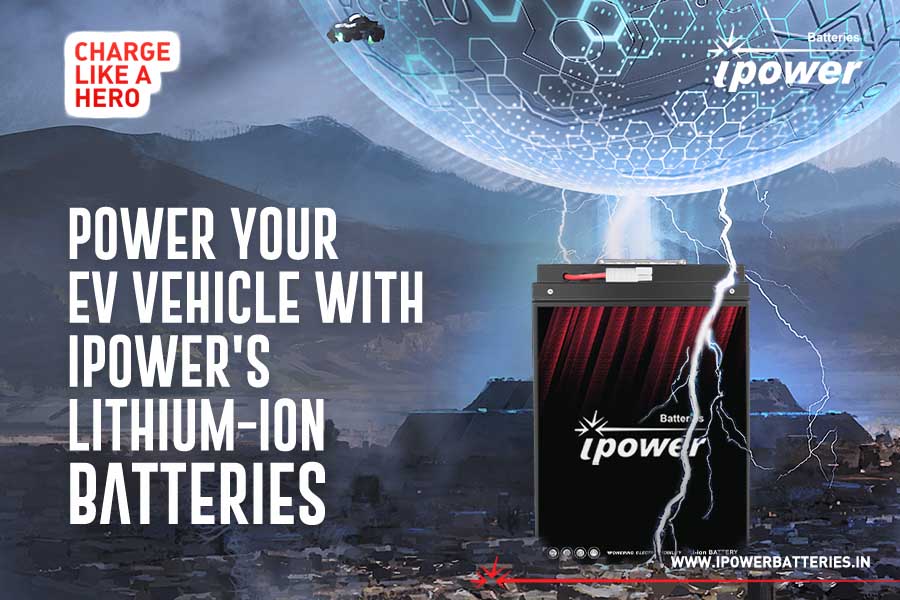The landscape of energy storage is experiencing a transformative shift with the advent of solid-state batteries (SSBs). As the demand for higher efficiency, safety, and energy density in batteries grows, SSBs are emerging as a promising solution. This blog explores the evolution of solid-state batteries, their current state, and what the future holds for this groundbreaking technology.
The Journey So Far: A Brief History of Solid-State Batteries
Solid-state batteries have been a topic of research since the mid-20th century. However, it wasn’t until the late 20th and early 21st centuries that significant advancements were made. Traditional lithium-ion batteries, which use liquid electrolytes, have dominated the market for decades. Despite their widespread use, they come with several drawbacks, including safety risks like leakage and flammability, limited energy density, and relatively short lifespan.
The concept of SSBs involves replacing the liquid electrolyte with a solid electrolyte. This fundamental change offers several potential benefits:
Safety: Solid electrolytes are non-flammable, reducing the risk of battery fires.
Energy Density: Higher energy density translates to longer-lasting batteries.
Lifespan: Reduced degradation over time means a longer lifespan for the battery.
Current State of Solid-State Battery Technology
The past decade has seen significant strides in the development of SSBs. Companies like Toyota, QuantumScape, and Solid Power have made headlines with their breakthroughs. For instance, QuantumScape announced in 2020 that it had developed a solid-state battery capable of reaching an 80% charge in just 15 minutes, with a lifespan of over 800 cycles.
Despite these advancements, several challenges remain:
Material Compatibility: Finding suitable solid electrolytes that can operate efficiently at room temperature.
Manufacturing: Developing scalable and cost-effective manufacturing processes.
Performance Consistency: Ensuring the reliability and performance of SSBs in real-world conditions.
Notable Developments
Lithium Metal Anodes: Replacing traditional graphite anodes with lithium metal can significantly increase energy density. However, this also introduces challenges related to dendrite formation, which can short-circuit the battery.
Ceramic Electrolytes: Materials like garnet and sulfides are being explored for their high ionic conductivity and stability.
Polymer Electrolytes: Offering flexibility and ease of manufacturing, polymer electrolytes are another area of active research.
The Road Ahead: What’s Next for Solid-State Batteries?
The future of solid-state batteries looks promising, with several key trends and potential breakthroughs on the horizon:
1. Commercialization and Mass Production
One of the biggest hurdles for SSBs is transitioning from the lab to the market. As companies ramp up their efforts, we can expect to see the first commercial solid-state batteries within the next few years. This transition will be crucial in addressing issues related to cost, scalability, and performance consistency.
2. Automotive Applications
The automotive industry stands to benefit significantly from SSB technology. Electric vehicles (EVs) equipped with solid-state batteries could offer longer ranges, shorter charging times, and improved safety. Toyota plans to showcase its solid-state battery-powered vehicle by the mid-2020s, which could be a game-changer for the EV market.
3. Integration with Renewable Energy
Solid-state batteries could play a vital role in renewable energy storage solutions. Their high energy density and safety features make them ideal for integrating with solar and wind power systems, helping to stabilize the grid and provide reliable power storage.
4. Innovative Materials and Designs
Research into new materials and battery designs will continue to drive the evolution of SSBs. Innovations such as hybrid solid-liquid electrolytes, novel solid electrolytes with higher ionic conductivity, and 3D battery architectures could further enhance performance and durability.
5. Environmental Impact and Sustainability
As the world moves towards a more sustainable future, the environmental impact of battery production and disposal will be a critical consideration. Solid-state batteries, with their potential for longer lifespans and safer chemistries, could offer more environmentally friendly options compared to conventional batteries.
Conclusion
The evolution of solid-state batteries marks a significant milestone in the quest for better energy storage solutions. While challenges remain, the potential benefits of SSBs in terms of safety, energy density, and longevity are driving rapid advancements in the field. As research and development continue to push the boundaries, the future of solid-state batteries looks brighter than ever, promising to revolutionize not only the energy storage industry but also the broader landscape of renewable energy and electric mobility.
In summary, the journey of solid-state batteries is one of innovation and potential. With continued investment and research, we are on the cusp of a new era in energy storage that could redefine how we power our world. So, keep an eye on this space – the next big breakthrough in battery technology might be just around the corner.





